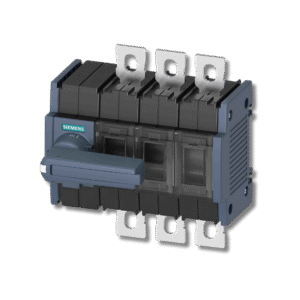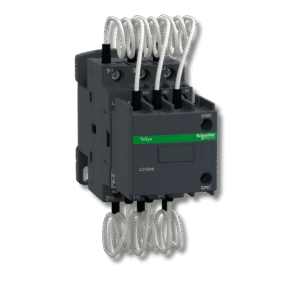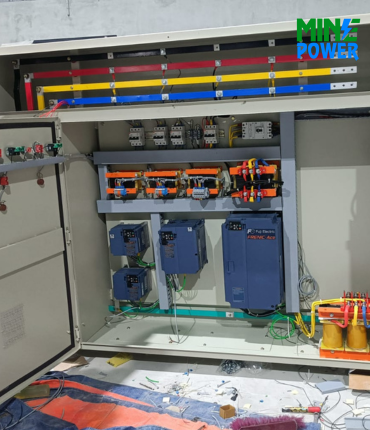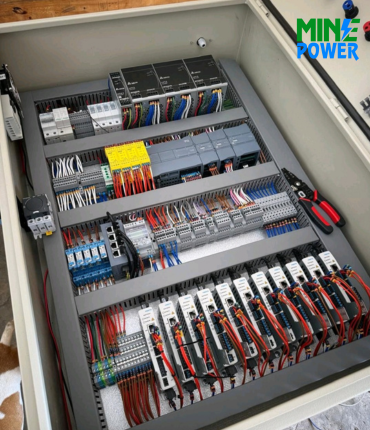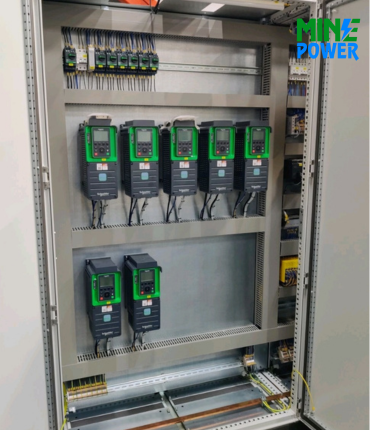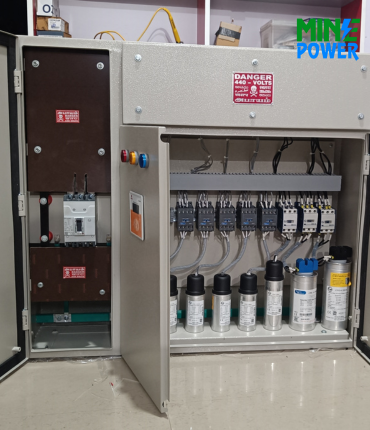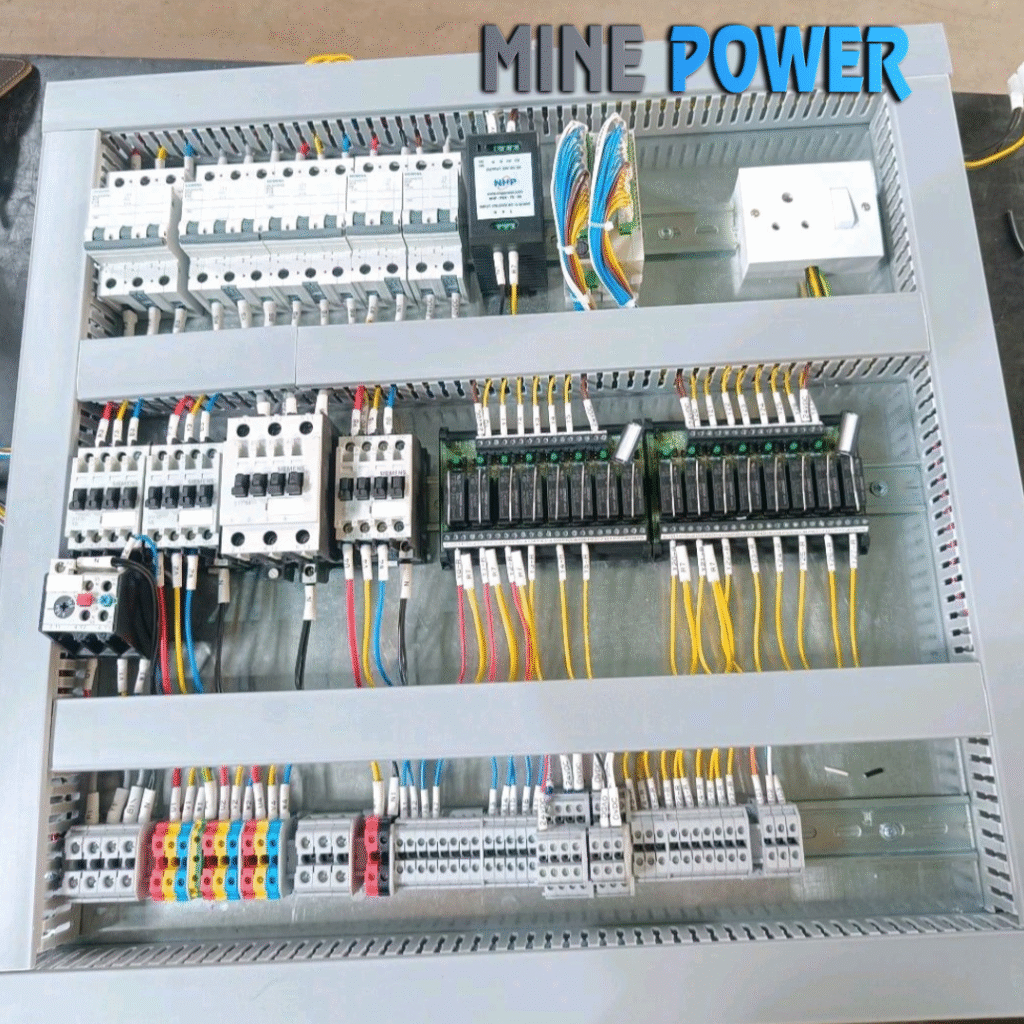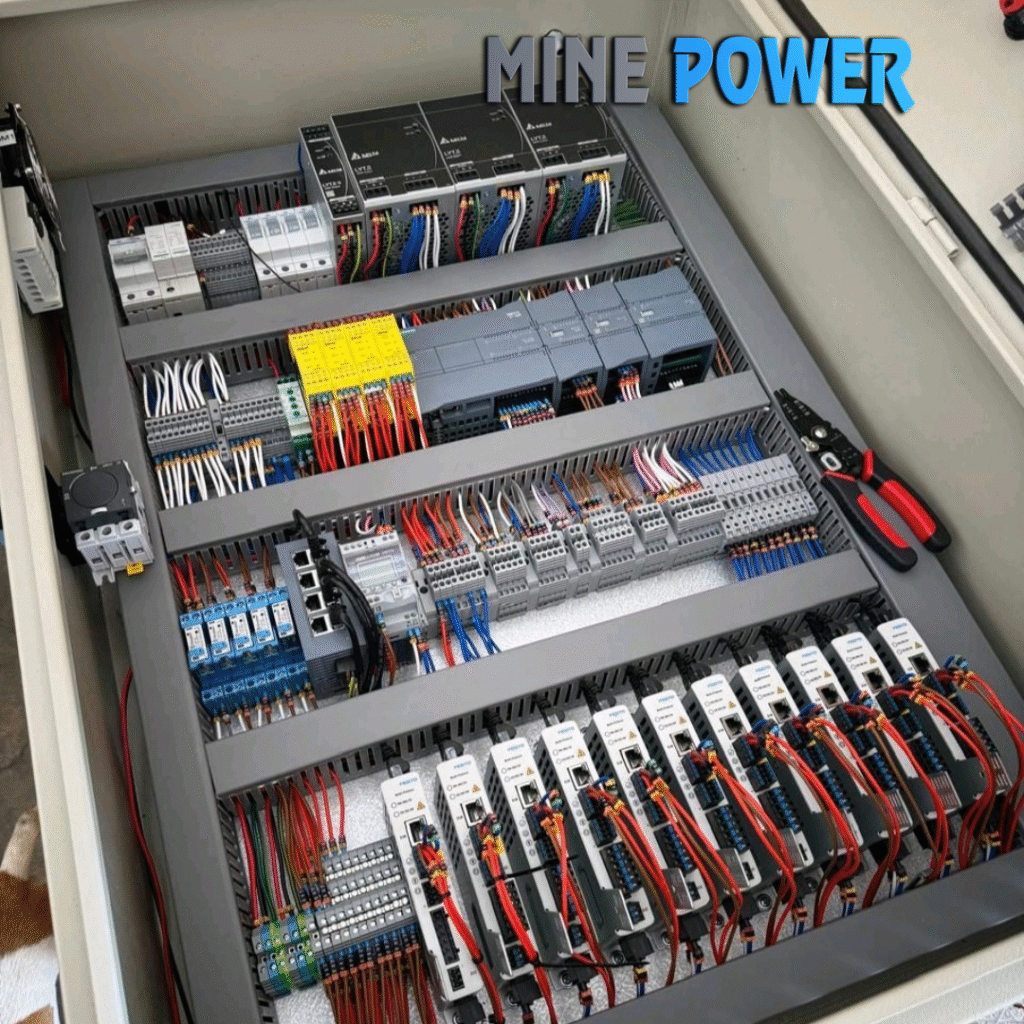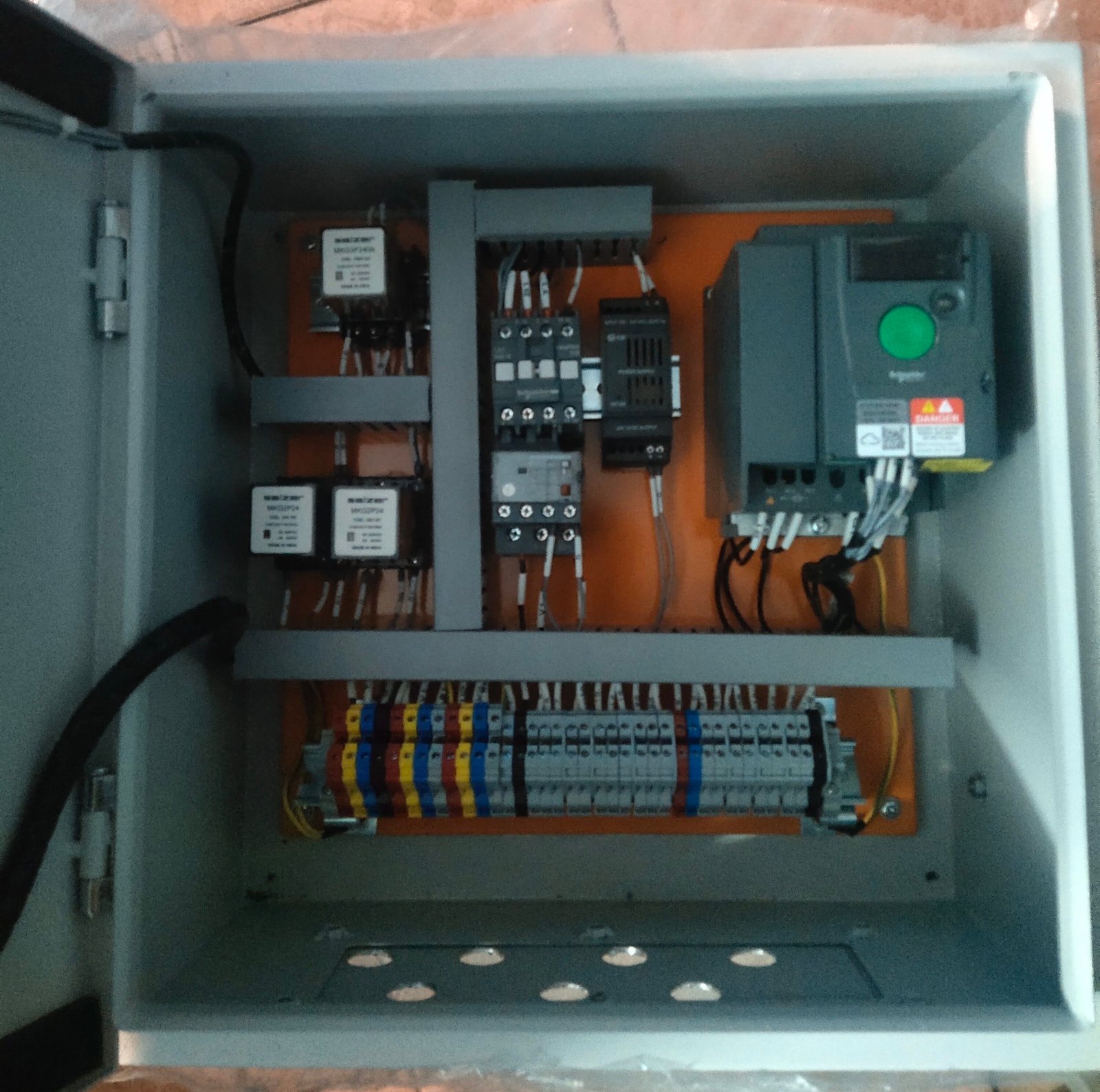A Load Disconnector is a crucial safety device designed to isolate electrical circuits and equipment from the power source, ensuring safe maintenance, servicing, and operational control. Unlike circuit breakers that provide fault protection, load disconnectors are primarily used as isolation switches to disconnect loads under normal operating conditions.
Modern digital load disconnectors, such as the ELMEASURE LD 2510D, combine safe switching with advanced monitoring features like real-time voltage display, helping users track load conditions while ensuring electrical safety. Compact in design and easy to install, they are widely used in industrial plants, commercial facilities, residential buildings, renewable energy systems, and critical infrastructure like data centers and hospitals.
By preventing accidental energization and ensuring reliable disconnection, load disconnectors play a vital role in protecting personnel, equipment, and systems during maintenance and operation.
Description
A Load Disconnector is a switching device used to safely isolate electrical circuits and equipment from the power supply. It is designed to disconnect the load from the source under normal conditions, ensuring maintenance, service, and safety operations can be performed without risk of electric shock. Unlike circuit breakers, load disconnectors do not provide protection against overcurrent or short circuits but serve as a reliable isolation switch.
Specification:
-
Type: Load Disconnector (Digital / Manual depending on model)
-
Brand Example: ELMEASURE LD 2510D (shown in image)
-
Voltage Rating: Typically 230V / 415V AC
-
Current Rating: Varies (e.g., 16A, 32A, 63A, 100A, etc.)
-
Display: Digital (real-time monitoring like Voltage/Load)
-
Mounting: DIN Rail / Panel Mount
-
Operation: Manual / Remote depending on design
Features
-
Provides safe isolation of loads from power supply
-
Digital monitoring of voltage/load (in advanced models)
-
Prevents accidental energization during maintenance
-
Easy installation with compact design
-
LED/Digital indicators for operational status
-
Ensures compliance with safety standards
Advantages
-
Ensures safety during maintenance and servicing
-
Prevents electrical hazards by isolating faulty sections
-
Simple and reliable switching mechanism
-
Increases operational safety in industrial and commercial setups
-
Digital models allow monitoring of load conditions
Disadvantages
-
Does not provide overcurrent or short-circuit protection (needs circuit breakers)
-
Only isolates under normal load—not suitable for fault current interruption
-
Requires additional protective devices in the system
Applications
-
Electrical distribution boards
-
Industrial control panels
-
Commercial and residential installations
-
Renewable energy systems (solar/wind power plants)
-
Data centers and hospitals (for safety isolation)
-
Machinery and equipment servicing



